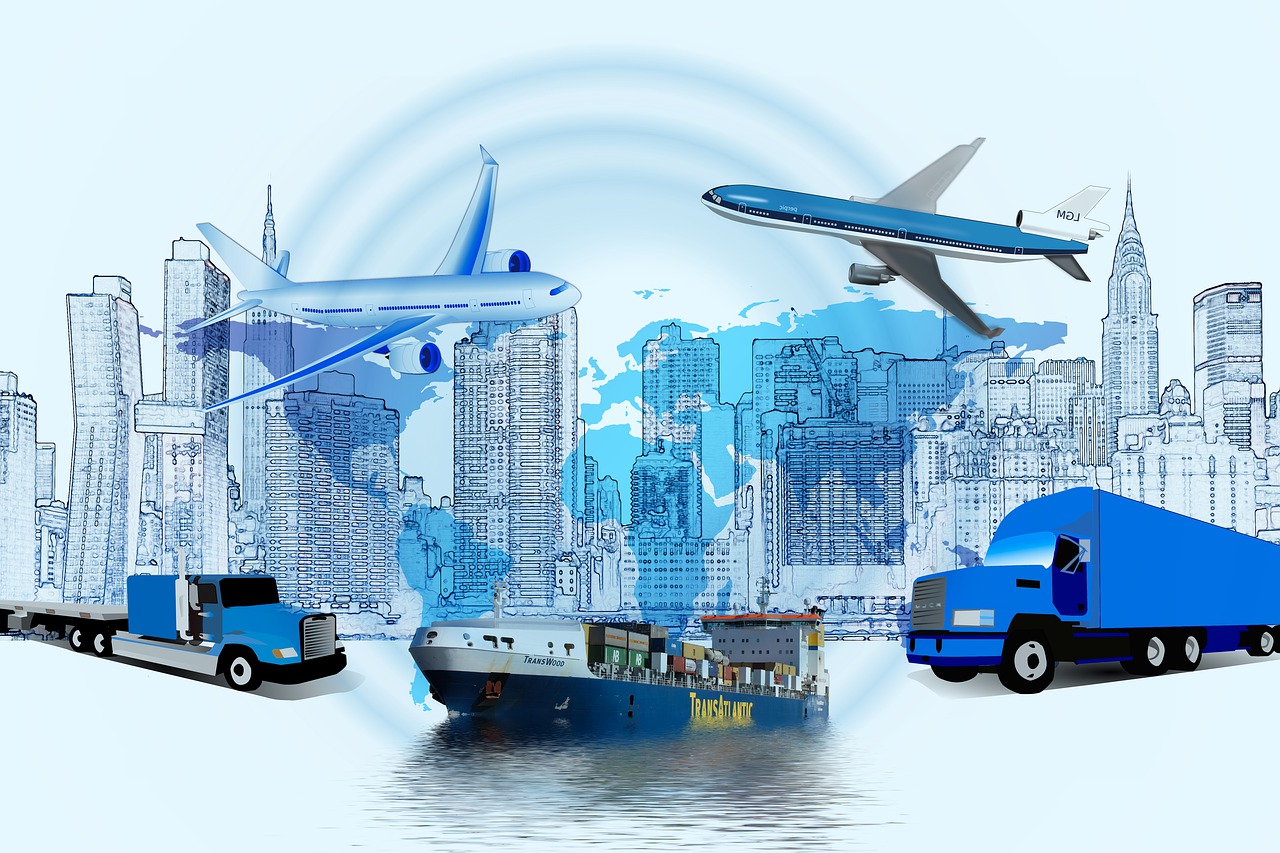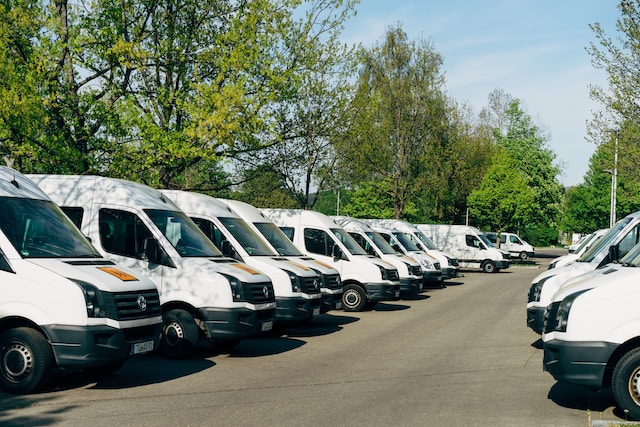In 2021, eCommerce from across the world saw a huge boom and in addition to that, many small businesses and start-ups came into the picture. Along with the boom of online businesses, the logistics sector grew to fulfill the needs of the eCommerce companies in delivering the products at the doorsteps of the customers. Supply chain logistics plays a vital role in increasing the efficiency of operations of businesses. For increasing efficiency, it has become immensely important to engage in technological development and innovation in the logistic sector. The top five trends that the logistic sector saw in 2021 are listed below.
Artificial Intelligence and Machine Learning
Amazon started automating its warehouse to ensure that the vast number of orders that it receives on a day-to-day basis are managed efficiently. Following the footsteps of Amazon, many logistic companies have started implementing artificial intelligence and machine learning in automating as many tasks as possible to eliminate the efforts of manual work. Not only does implementing artificial intelligence and machine learning reduce human effort but also reduces errors and improves efficiency which results in more profit. Many logistic companies like Pakistan Post will also be implementing this technological trend in near future. Artificial intelligence can also be used by logistic companies for predicting demand trends too which can be used for selecting better transport routes in advance.
Robotization
To help the human workforce in the logistic sectors, many logistic companies are undergoing robotization. Robotization has made it possible to ensure that tedious tasks that can wear out a human due to the tremendous effort required by it are handled by the robots. The robots help manage tasks such as packaging, identification, and unloading. Further, robotization helps logistic companies to reduce human error. Contrary to popular belief that robots will snatch away the jobs of humans, robots used in the logistics sector work in harmony with humans to improve efficiency. Robots used in the logistic sector are of physical and software types. The physical robots are used for picking and transporting goods and the software robots are used for performing repetitive tasks.
Big Data
Big data has made it possible to ensure that the goods are distributed to the customers by taking into consideration real-time elements like traffic and weather conditions. In addition to that, big data also takes into consideration the preferences of the customers in which they want their last-mile delivery to be completed. The information available from big data helps in improving the performance and efficiency of many logistic companies like TCS. Big data helps to improve the efficiency of managing the supply chain by providing the necessary resources.
Internet of Things
Internet of Things refers to the connection of physical devices that helps businesses to monitor and transfer data without the requirement of any human intervention. Internet of Things is used in the logistic sector to improve transparency in the different steps involved in the supply chain. This is very fruitful in improving the efficiency of inventory management. Further, the Internet of Things can be used for increasing the real-time visibility of goods and monitoring the condition of the goods.
Warehouse Automation
The warehouse automation alone improves the efficiency and productivity in the logistic sector. Warehouse automation itself reduces plenty of human intervention. Warehouse automation is available in the form of automated guided vehicles, automated storage and retrieval, and robotic picking. Warehouse automation reduces the error rate and improves the efficiency rate of the warehouse.
Finally, many logistic companies are experimenting with drones to improve last-mile delivery. The last-mile delivery is one of the most ill-managed and difficult parts of the logistic sector. The majority of the expenses of the logistic companies are spent in completing the last-mile delivery. In addition to the higher cost, last-mile delivery also faces problems of traffic congestion, delivery density, and other problems. With the help of drones, logistics companies are trying to improve last-mile delivery by getting rid of traffic congestion. Using drones in the last-mile delivery not only reduces the delivery time but also the delivery cost. Many start-ups at present are working towards drone technology for logistics companies. Many of these trends are being followed in 2021 but are not widely used. However, it is expected that these trends will run on full-scale next year.






